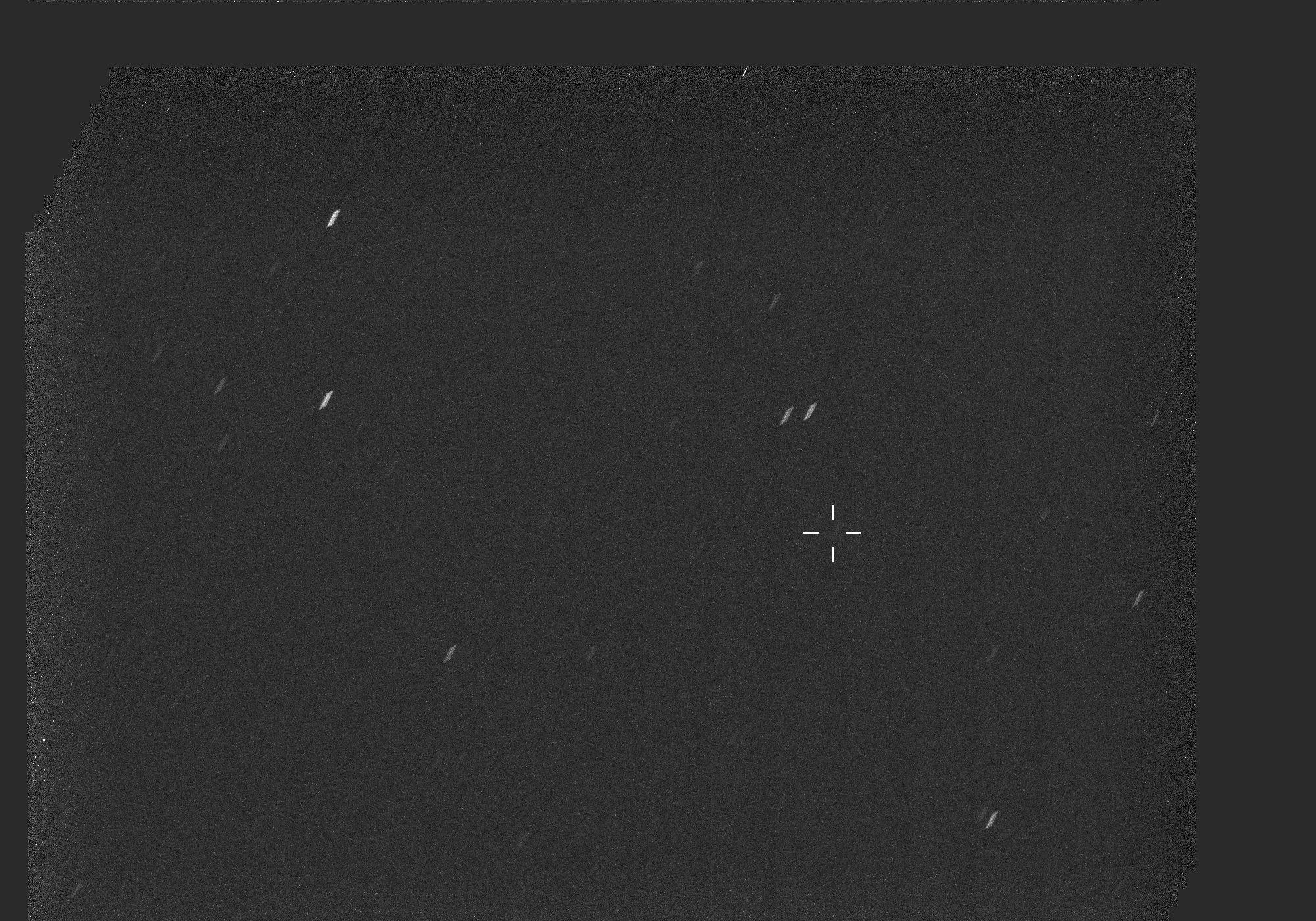
Mysterious interstellar object 3I/ATLAS made an astonishingly close pass of Mars last month, allowing scientific instruments in the planet’s orbit to get a tantalizing glimpse.
Yet thanks to the US federal government shutdown that ended earlier this month, NASA was forced to delay the release of images taken by the HiRISE camera attached to its Mars Reconnaissance Orbiter, prompting outrage from lawmakers and astronomers alike.
Fortunately, NASA finally released some of the observations during a livestream today.
One image, taken by HiRISE on October 2, shows a “fuzzy white ball,” as NASA associate administrator Amit Kshatriya described it. At the time, 3I/ATLAS was just 19 million miles away from the instrument.
“That ball is a cloud of dust and ice called the coma, which is shed by the comet,” Kshatriya said.

The image shows the mysterious visitor at a scale of around 19 miles per pixel.
“Observations of interstellar objects are still rare enough that we learn something new on every occasion,” said HiRISE principal investigator and University of Arizona professor Shane Byrne in a statement. “We’re fortunate that 3I/ATLAS passed this close to Mars.”
The observation could allow us to determine an upper limit of the size of the comet’s nucleus and shed new light on the particles found within its coma.
NASA also released images of the comet taken by the Mastcam-Z instrument attached to its Perseverance Mars rover, taken on October 4, showing the object whipping by at around 137,000 mph.

Separate ultraviolet spectrograph observations by NASA’s MAVEN spacecraft show the comet emitting hydrogen gas as it approached Mars in late September.
Before getting to the latest observations during today’s livestream, Kshatriya chose to “address the rumors right at the beginning,” publicly denouncing a prevalent theory — prominently championed by Harvard astronomer Avi Loeb in the media — that 3I/ATLAS could be an alien spacecraft that came to visit.
“This object is a comet,” Kshatriya said. “It looks and behaves like a comet, and all evidence points towards it being a comet.”
Fortunately, 3I/ATAS is expected to make its closest pass of the Earth on December 19, giving NASA spacecraft yet another chance to observe it.
More on 3I/ATLAS: Harvard Scientist Suspicious About 3I/ATLAS’ Origins Fires Back at Critics